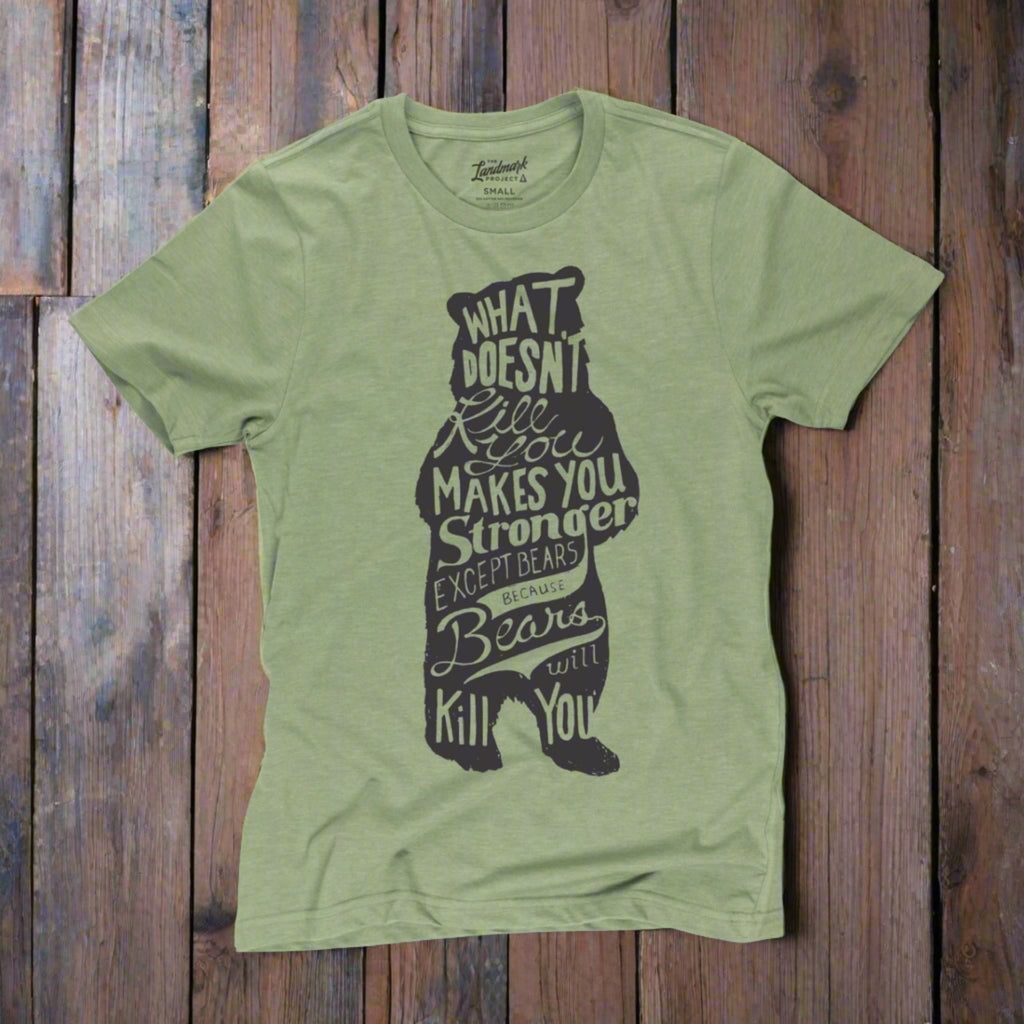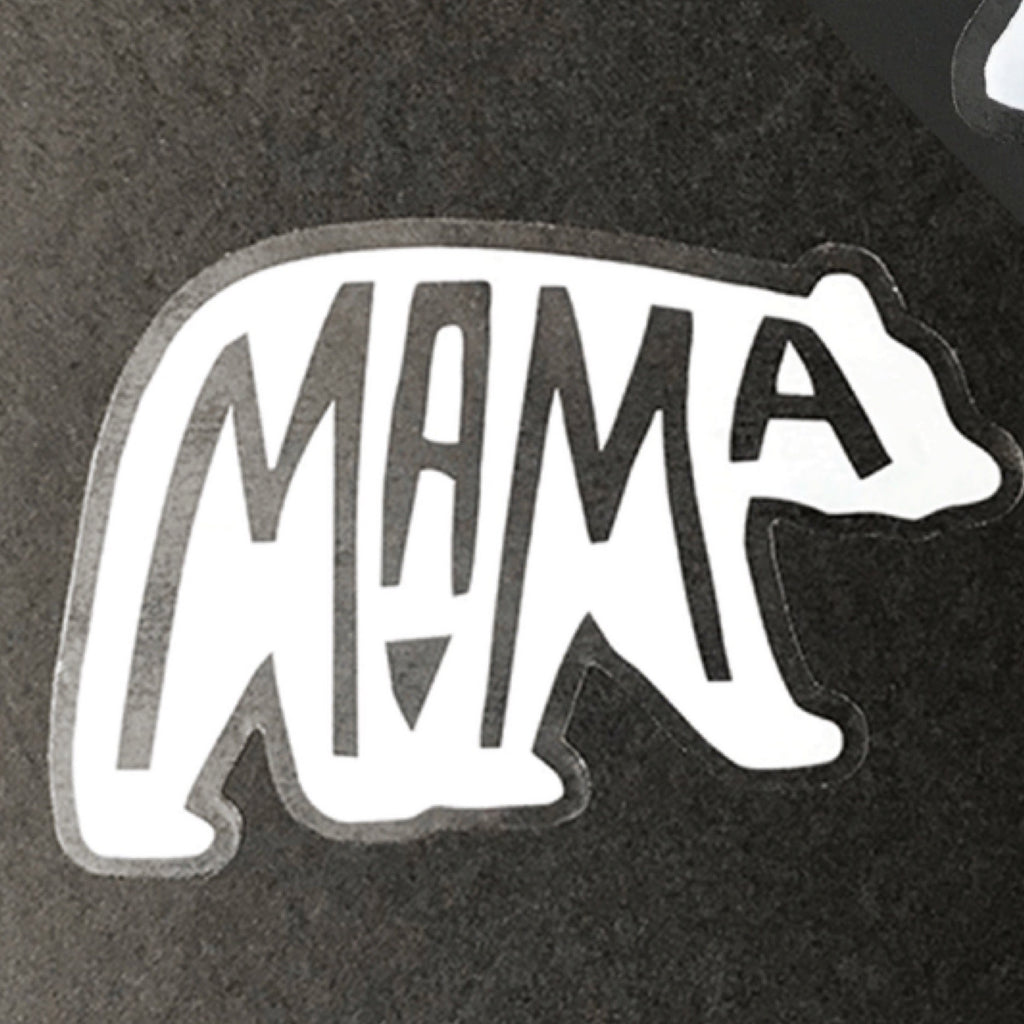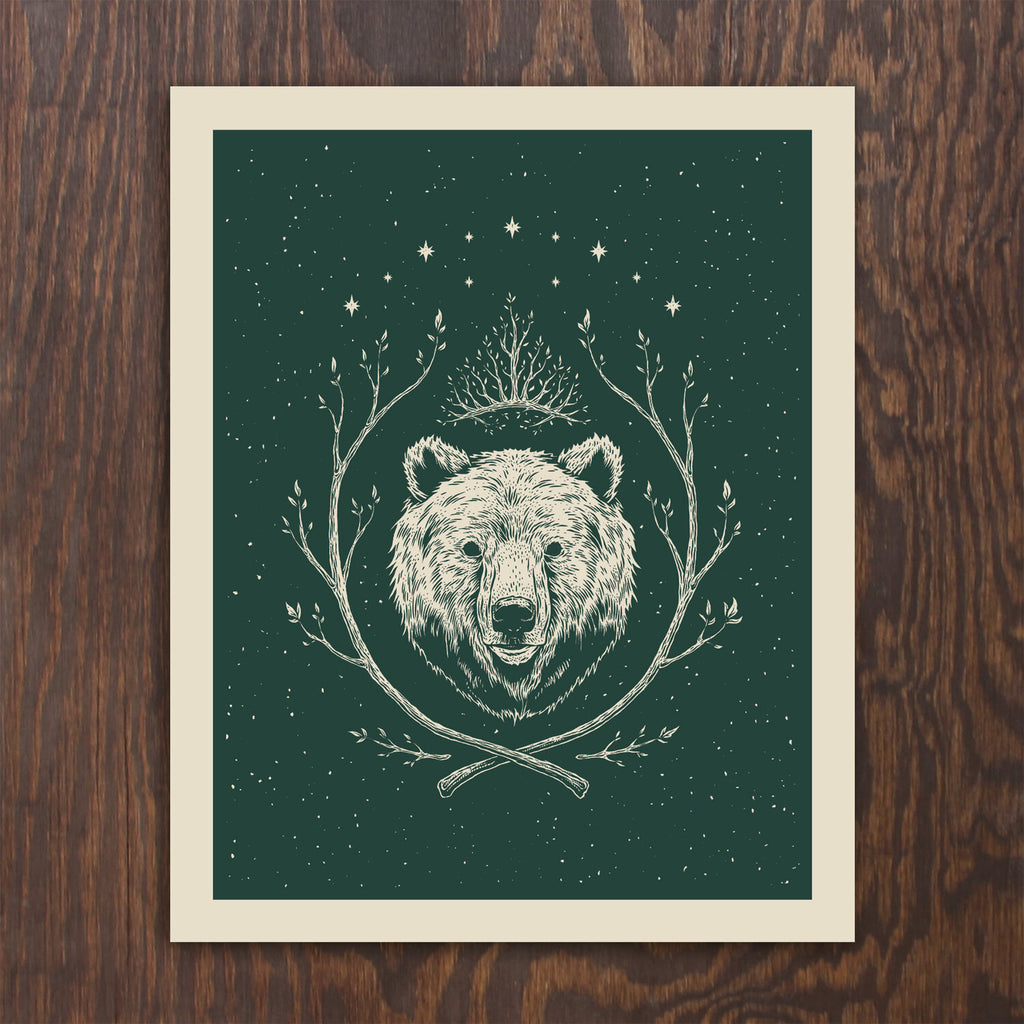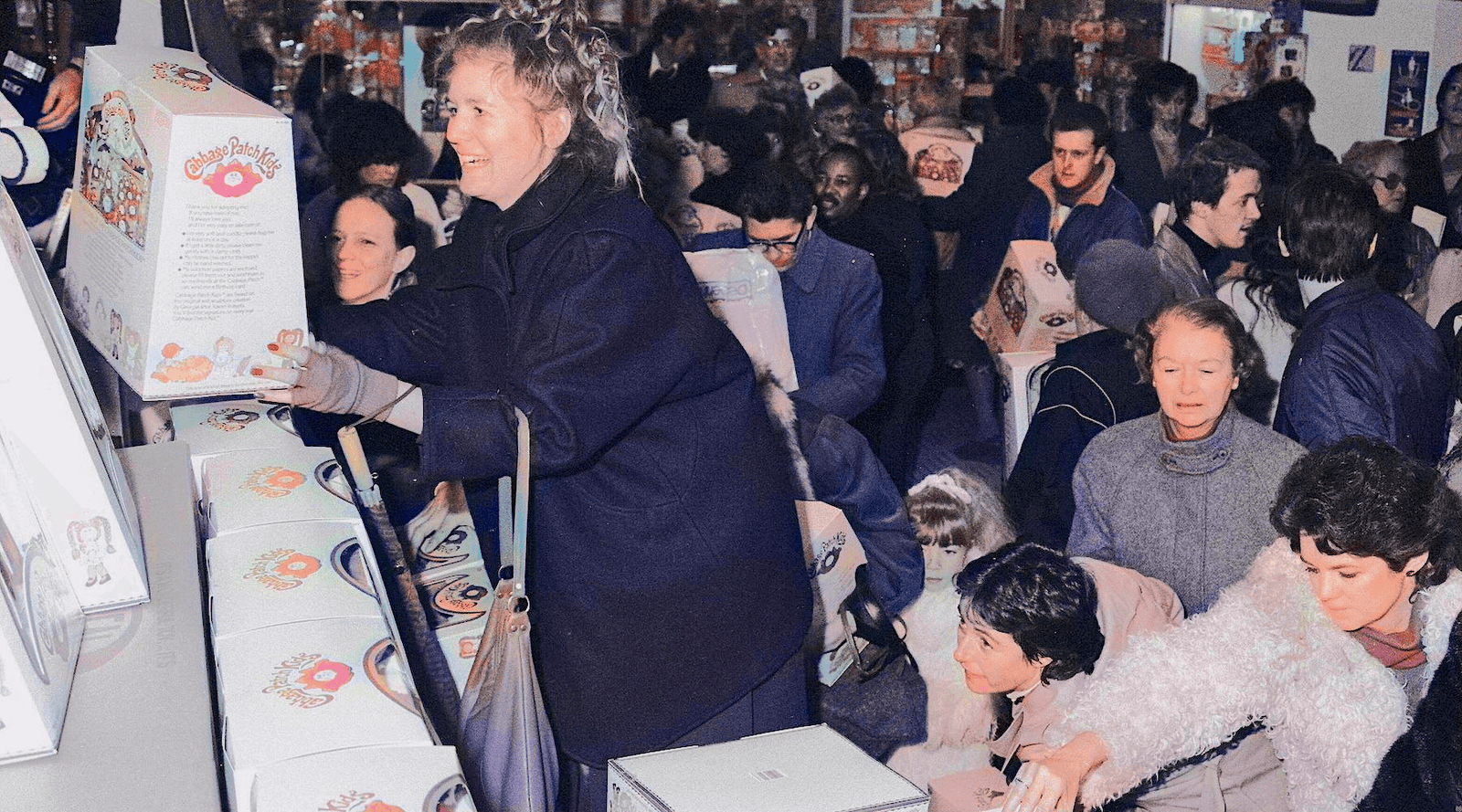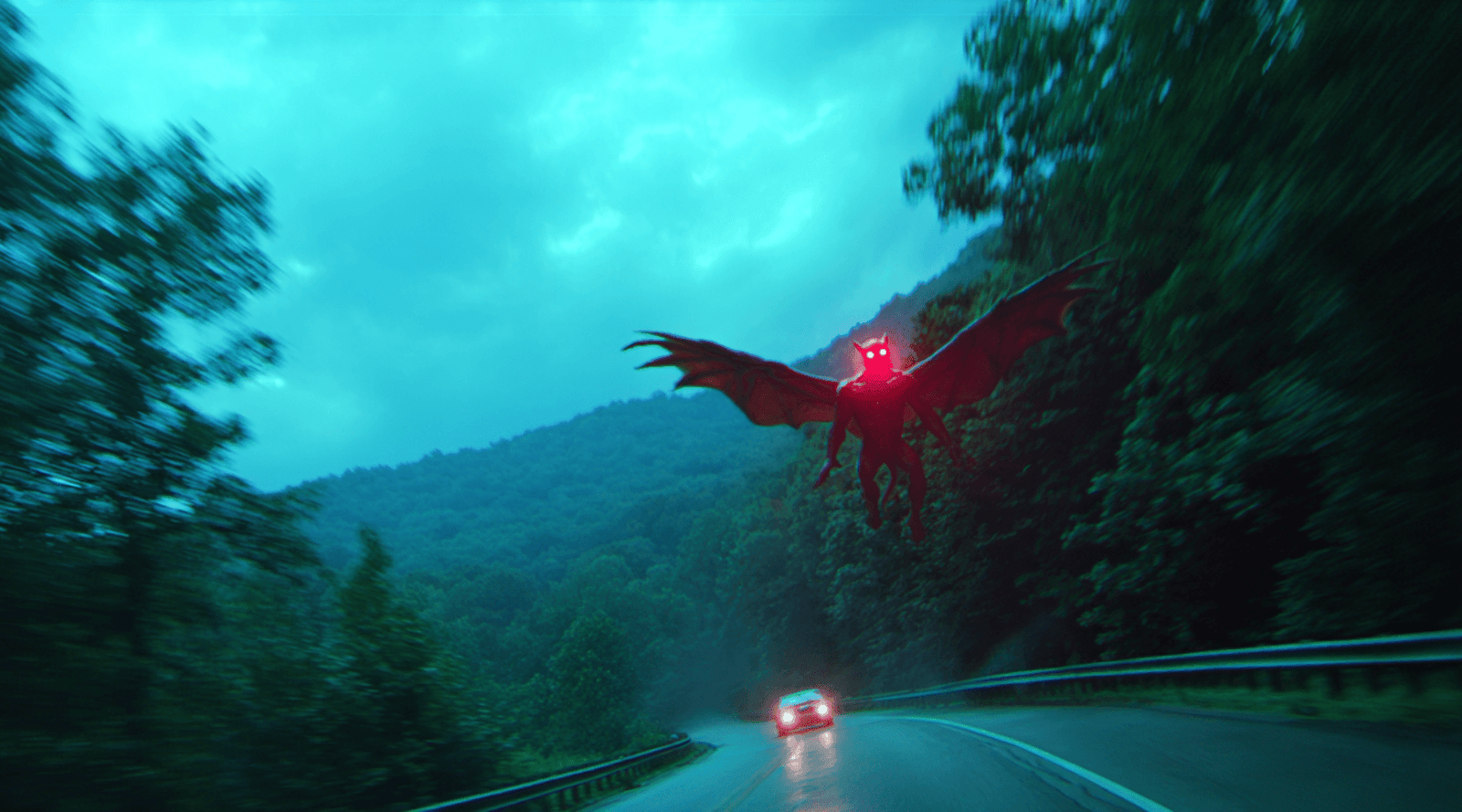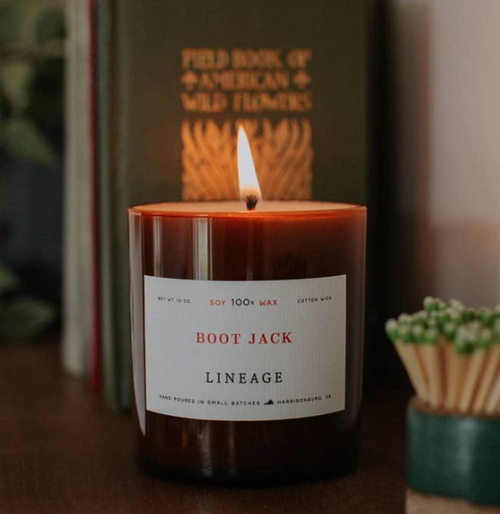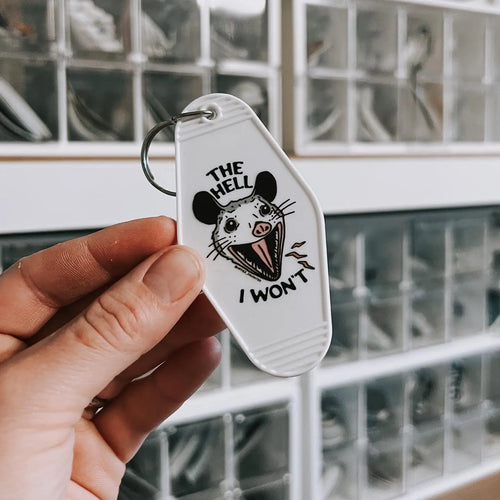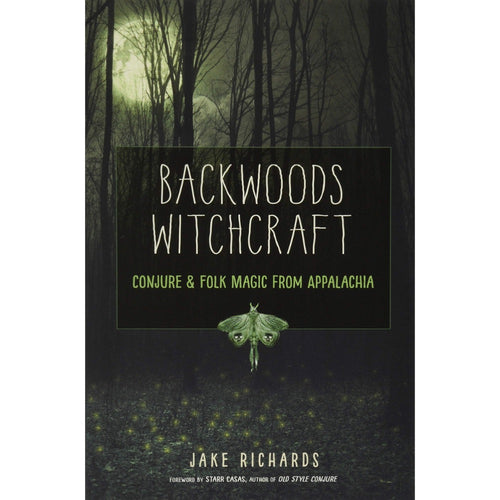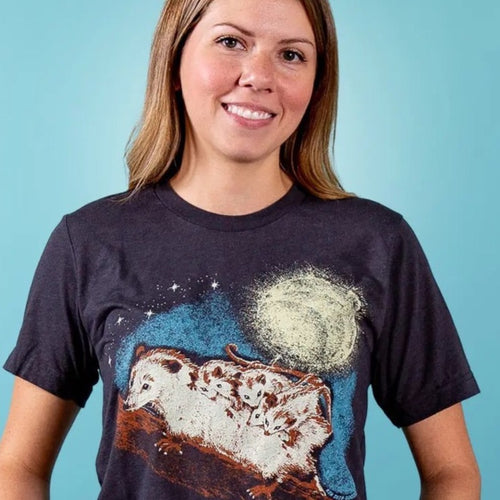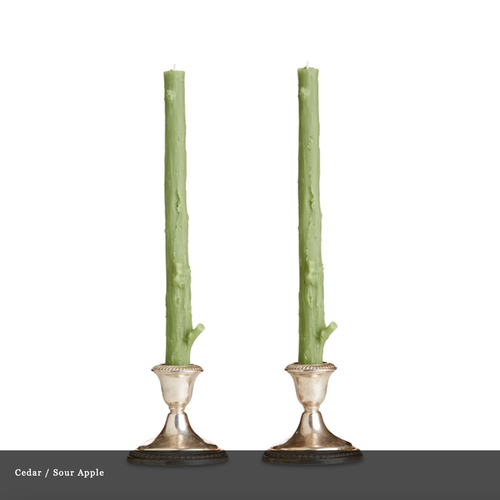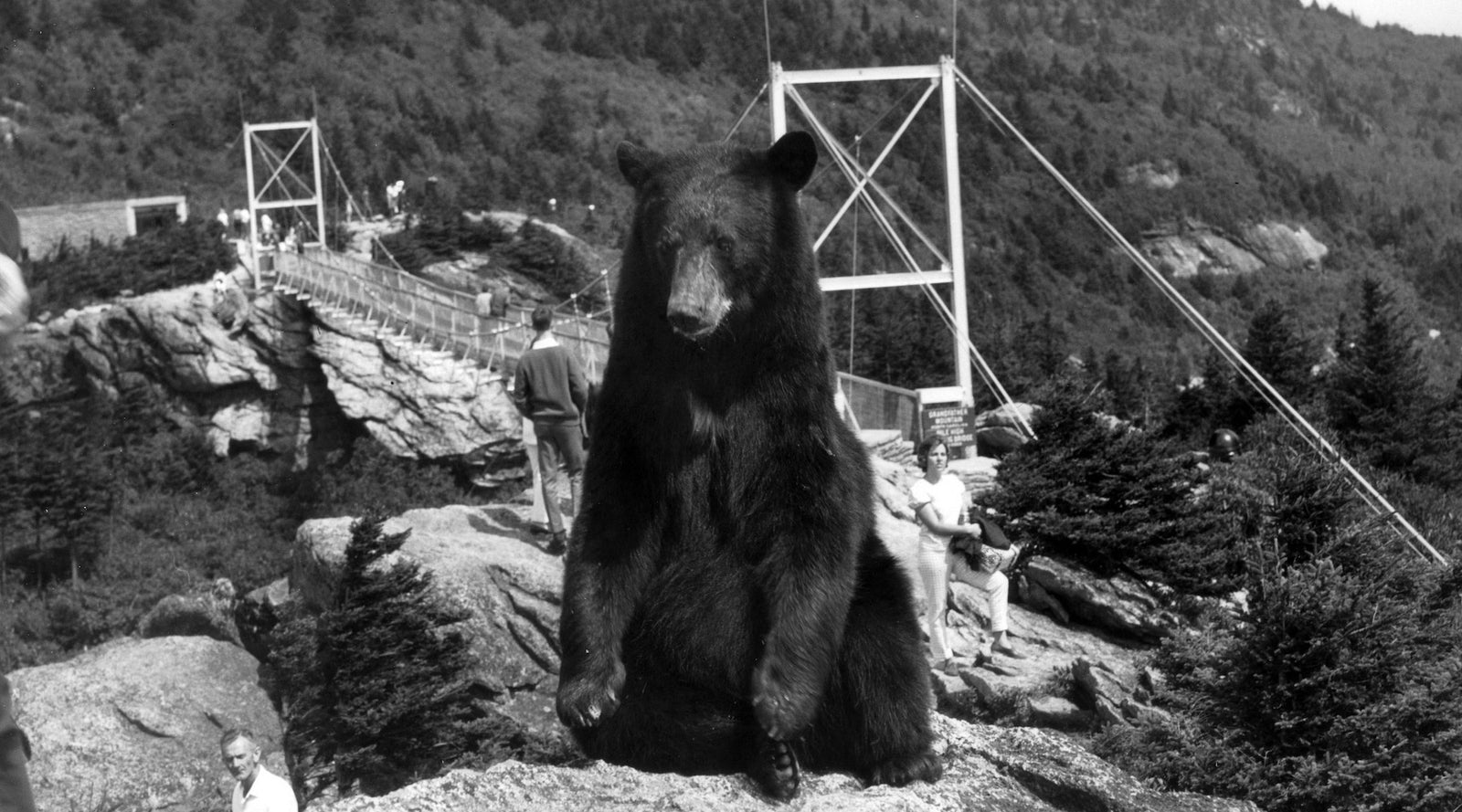
mildred THE BEAR beside grandfather mountain's mile high swinging bridge. Photo provided by the grandfather mountain stewardship foundation.
For over two decades, this soda-sipping, selfie-loving ursine charmed visitors at the highest peak in the Blue Ridge Mountains.
Humans are obsessed with bears. We can’t help but cuddle stuffed teddies, read our kids stories about Paddington and Pooh, and slam on our brakes to gawk whenever we see the real deal ambling down the Blue Ridge Parkway.
So it didn’t take much for famed photographer and naturalist Hugh Morton to fall head over heels for Mildred, a full-grown black bear. Some may even say it was love at first sip…of orange soda. We’ll get to that, but let’s start at the very beginning: February 7, 1966.
On that fateful day, a helpless, hairless, half-pound cub entered the world at Atlanta’s zoo. For the next two years, zookeepers treated the juvenile like a family pet, offering head scratches, bottle feedings, and the impression she was more human than bear.
Meanwhile, 276 miles away in Linville, North Carolina, Hugh was building his ecological legacy. A decade prior, the Tar Heel native had inherited more than 4,000 acres on Grandfather Mountain from his grandpa. (This soaring peak was named decades earlier, when European pioneers saw the face of an old man in its cliffs.)
Intent on sharing the treasured property, Hugh blazed a road, erected the now-iconic Mile High Swinging Bridge, and opened the place to visitors. Being a conservationist, he also purchased a male and female black bear from Atlanta’s zoo for $100 each. He planned to release the pair into the mountains so they might reproduce and bolster the local bear population.
The pair arrived in Linville in 1968. A film crew from “The Arthur Smith Show,” the first nationally syndicated country music series on television, arrived as well. They hoped to record the animals padding into the forest as musician Ralph Smith sang some wistful ditty.
But there was just one problem: When handlers opened the cages, the female bear — whom Ralph had started calling Mildred — didn’t want to leave. While her gentlemanly counterpart shot off like a bullet, never to be seen again, Mildred lingered. She licked the cameraman’s boots. She said howdy to golfers at the nearby country club. She even swiped a snack or two.
“Yogi Bear-type stuff,” quipped John Caveny, director of conservation and education at the Grandfather Mountain Stewardship Foundation.
OUR BEARY BEST PRODUCTS
After a day of this behavior, Hugh put two and two together: The zoo accidentally sent him a bottle-fed baby — ya’ know, the bear from the beginning of this story who figured herself more of a suburban soul than a woodland brute.
“Mr. Morton quickly realized that Mildred enjoyed being around humans more than bears,” John confirmed.
Though Mildred’s anthropomorphic tendencies were charming, Hugh faced pressure from game wardens. “Mr. Morton eventually received a call from the North Carolina Wildlife Commission,” John said. “They were like, ‘Listen, you have to do something about this bear, or we’re going to put her down.’”
That’s when Hugh built Mildred a comfy, two-acre habitat with a spring-fed bathtub and den. She slept there in the evenings but was allowed to roam freely during the day, posing for photos with visitors and putting on roadside shows. Mildred even joined Hugh for picnics of Fig Newtons and the aforementioned orange soda, drinking her fizzy beverages straight from the can.
Even today, 30 years after passing away from natural causes in 1993, Mildred remains a local legend. “Mildred became the mascot for Grandfather Mountain,” John said. “A lot of people still come to the park and say that they remember her. I think that's a great testament to not only Mildred’s legacy but Mr. Morton’s as well.”




